While I wasn’t quite kicking in the ’80s, my dad’s fondness for flea markets meant that I grew up surrounded by VHS tapes of classic cartoons and more He-Man toys than I knew what to do with. Being a sucker for nostalgia (and fantasy settings), MythForce immediately grabbed my attention when Nintendo showcased it during its most recent Nintendo Direct.
MythForce is a cooperative rogue-lite dungeon crawler heavily inspired by Saturday morning cartoons from the ’80s — such as He-Man and the Masters of the Universe, ThunderCats, and especially Dungeons and Dragons.
To reach the evil vampire lord, Deadalus, the “MythForce” must battle through procedurally generated dungeons filled with traps, treasure, and brilliantly designed enemies that would blend right in with a Castle Grayskull playset. Players choose from one of four typical fantasy heroes: the stalwart warrior, dashing rogue, hotshot hunter, and capable mage — each with their own unique strengths and abilities.
MythForce is split into nine episodes lasting around 30 – 45 minutes each, depending on the difficulty selected. As you progress through each room, you’ll find stat-increasing trinkets and select perks and enchantments to improve your damage and survivability. If you fall to Deadalus’ forces during an episode, you’ll have to start over from the beginning. Luckily, you can keep the glyphs, shards, and gold you collected during your attempt and use them to purchase permanent upgrades to make the next effort slightly (and I do mean slightly) more manageable. More on that later.
Each hero can switch between two weapons on the fly, with certain limitations based on your chosen character’s class. Whether you choose to wield sorcery, a dagger, bow, or sword and shield, MythForce‘s first-person combat is easy to grasp from the beginning. Despite this and its (awe-inspiring) cartoony cel-shaded presentation, MythForce is surprisingly challenging — far from the casual co-op hack-and-slash I was initially expecting.
Unfortunately, most of that challenge is due to its poorly executed “Energy Point” (EP) system. From sprinting to weapon slashes and dodging, just about every action in this game costs Energy Points — and you don’t have a whole lot of them. This results in abrupt and aggravating breaks in combat and is one of my greatest gripes with the game. While there needs to be a limit on mindless slashing, the amount of dodging and damage required in later episodes meant I was frequently exhausted. Having my vision blurred and my character unable to fight or dodge for what felt like a third of my playtime dampened my enjoyment of the game immensely.
You can somewhat improve EP through temporary perks, such as Thrill of the Fight, which increases your max EP by 1% for every enemy killed, and permanent flat percentage upgrades. However, these feel like necessities to make the experience less painful instead of being exciting improvements. Any time an EP-related perk would pop up at the beginning of a new room, it felt almost essential to select it to have a chance at completing the episode.
In general, perks could be far more engaging. They consist of flat stat increases and adding status effects to weapons, which you can only have one of. There’s no potential for planning synergy between perks or crafting interesting builds; they simply power you up enough to beat the level. The exception to this is the rare orbs that upgrade your abilities, adding new effects and utility. For example, my Sling Shield ability could be upgraded to bounce to allies and provide them with shields instead of purely damaging enemies. These orbs are, by far, the most compelling power-ups in the entire game and a prime example of what perks should be.
Sadly, permanent upgrades aren’t much better. During the first couple of hours, my colleagues and I were surprised to discover that the towers on the main menu are actually clickable and serve as shops to upgrade characters through various means.
- Keaton at The Emporium increases the rarity and drop rate of trinkets.
- Captain Lucien at The Armory sells new weapons and weapon upgrades.
- Sylvia at The Conclave increases the potency of perks.
- Queen Ancila at The Sun Disc improves shards and allows you to socket them through the Constellation system, enhancing character stats.
- The Merchant at The Boutique sells Voice Lines, Emotes, and Skins. Purely cosmetic and all with in-game currency! A rare commodity in today’s gaming climate.
Other than The Boutique, all towers require glyphs to upgrade and expand the power of each available offering. Without upgrading a building, you’re limited on what to spend gold on. Improve the few worthwhile perks and trinkets, and you’ll need to upgrade again. The trouble is glyphs are few and far between. By the time I completed the game, which took around 10 hours, I could only upgrade each tower once out of a possible four times each. It was incredibly frustrating to be defeated twenty minutes into an episode with nothing to show for it, other than a handful of gold I couldn’t spend. Even successful attempts felt unrewarding — particularly the finale, which had no end cutscene, credits, or conclusion.
But the journey is more important than the destination, right? MythForce‘s primary focus is cooperative multiplayer, with the ability to team up with up to three other players on the same platform as you (unless you’re on Nintendo Switch, which is limited to two players). MythForce is far more fun with other players at first, with teammates able to pick up each other’s slack, spam voice lines, and dance in front of a monologuing boss. The usual problems seem to creep right back in after a little while, however. After just 90 minutes, the other journalists I played with felt burnt out and disinterested in playing.
One thing we all noticed is how inconsistent and inadequately scaled the difficulty of MythForce is. Some rooms can feel mind-numbingly easy, while others feel nearly impossible with the enemy combinations we faced and the constant state of exhaustion from dodging. No episode felt more difficult than another. While almost always challenging overall, the difficulty we faced felt utterly random. No substantial improvement to our characters or to our skills, just the luck of the draw allowing us to progress.
If you have no buddies who happen to be on the same platform as you and are willing to splash $29.99, it’s possible to matchmaker… to a completely random episode on a random difficulty. With no text chat or way to communicate other than pings and a few select voice lines. While it’s possible to beat the game as a lone adventurer thanks to scaling, the option for targeted matchmaking with voice and text chat is something MythForce is desperately missing.
At its core, MythForce‘s combat and mechanics have a lot of potential, and it’s clear that Beamdog has poured a lot of love into the game’s outstanding visual design. Whether it’s clear headshots with a bow or perfect slashes with a sword, combat feels satisfying when characters aren’t reaching for their inhalers. Enemies are engaging and varied, and environments perfectly emulate the Saturday morning cartoon feel. Sadly, the enemies are the only varied aspect of MythForce. Unremarkable upgrades do nothing to break the cycle of hitting enemies, dodging spells, and waiting for your Energy Points to replenish. Despite being a full launch, MythForce still feels like an early-access title sorely in need of a good trim and polish.
- Stunning art style that perfectly replicates the essence of '80s cartoons
- Wide variety of enemy types with brilliant designs
- Interesting concept with the potential to improve with fan feedback
- "Energy Point" system is frustrating and breaks the flow of combat
- Inconsistent difficulty can result in either aggravating or monotonous gameplay
- Poor progression system
- Confusing menus
- Lack of crossplay, local multiplayer, and limited matchmaking


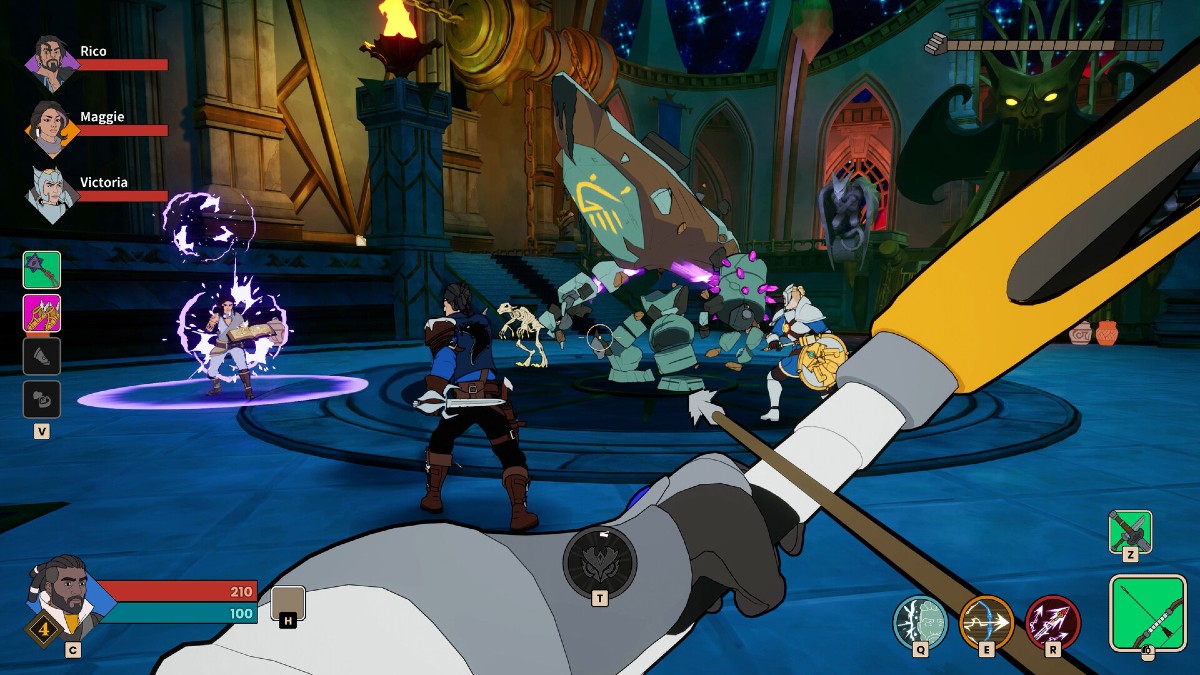
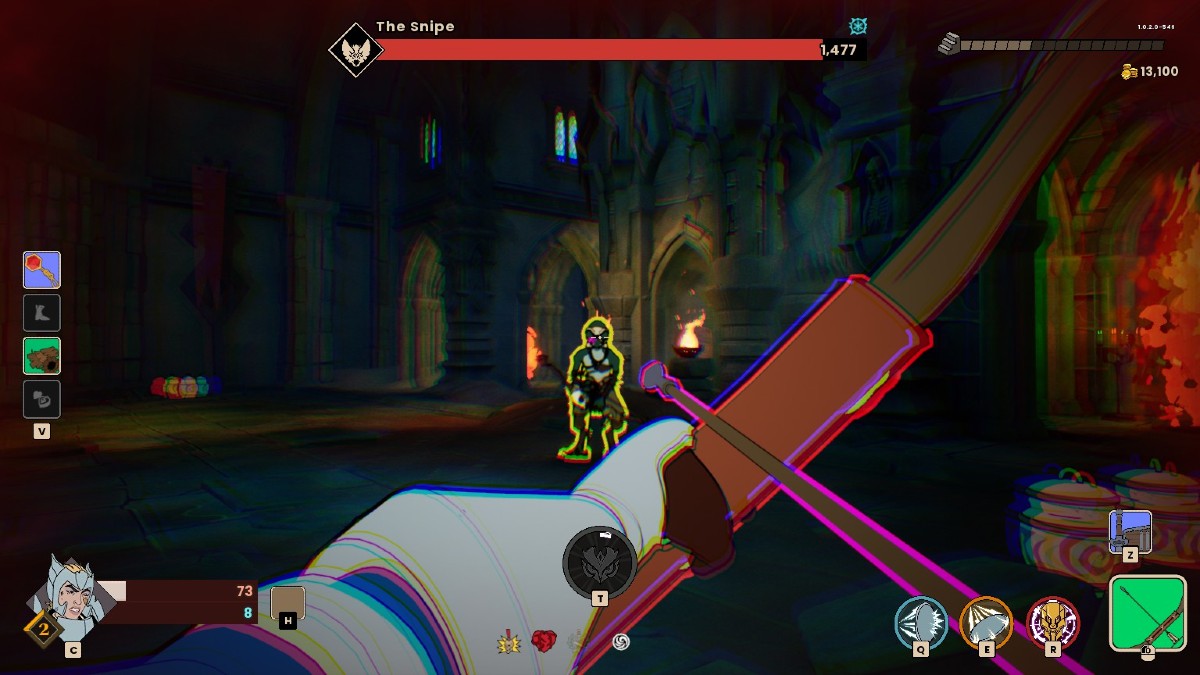
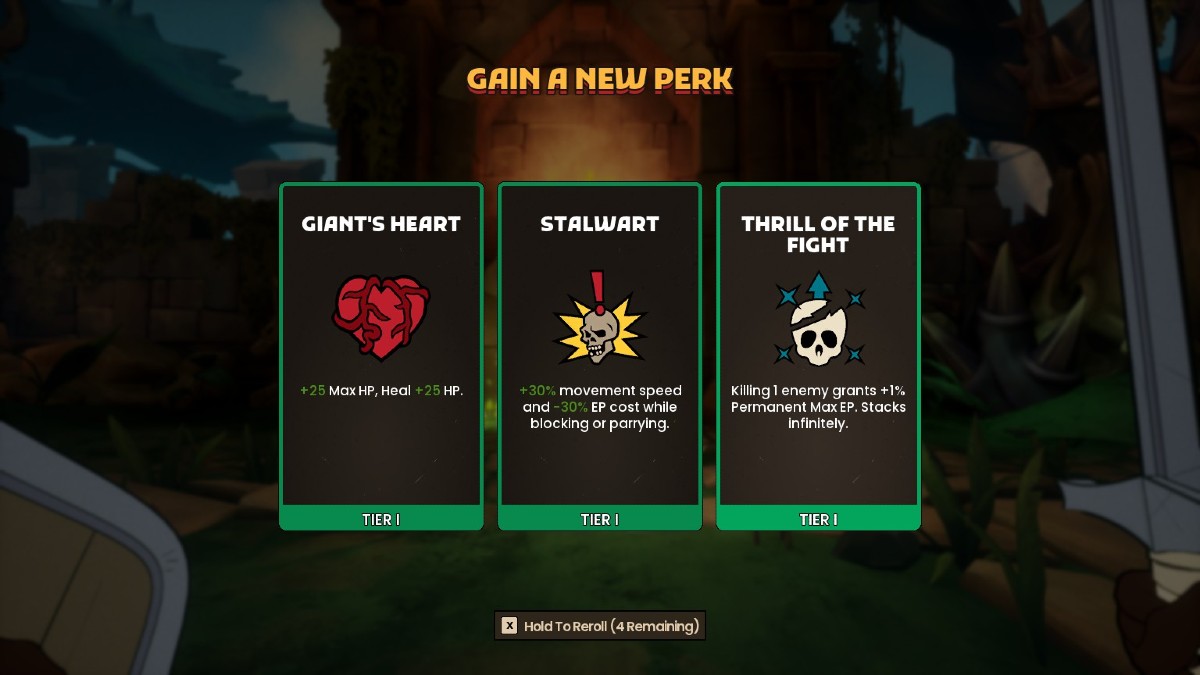
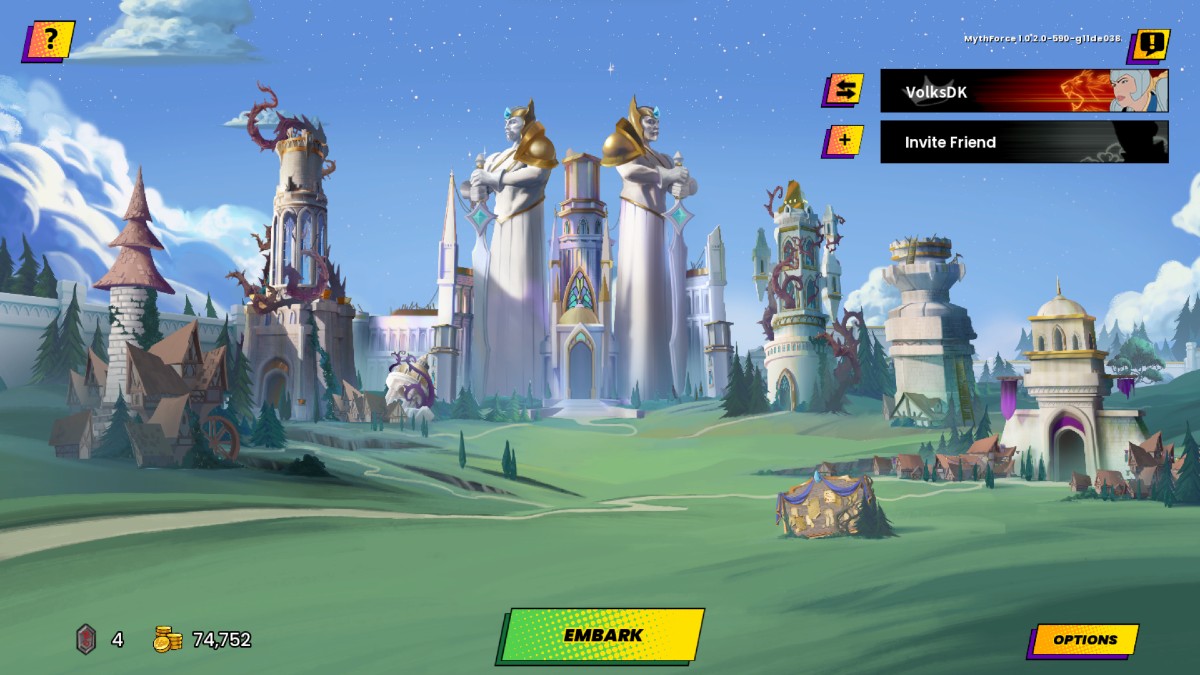
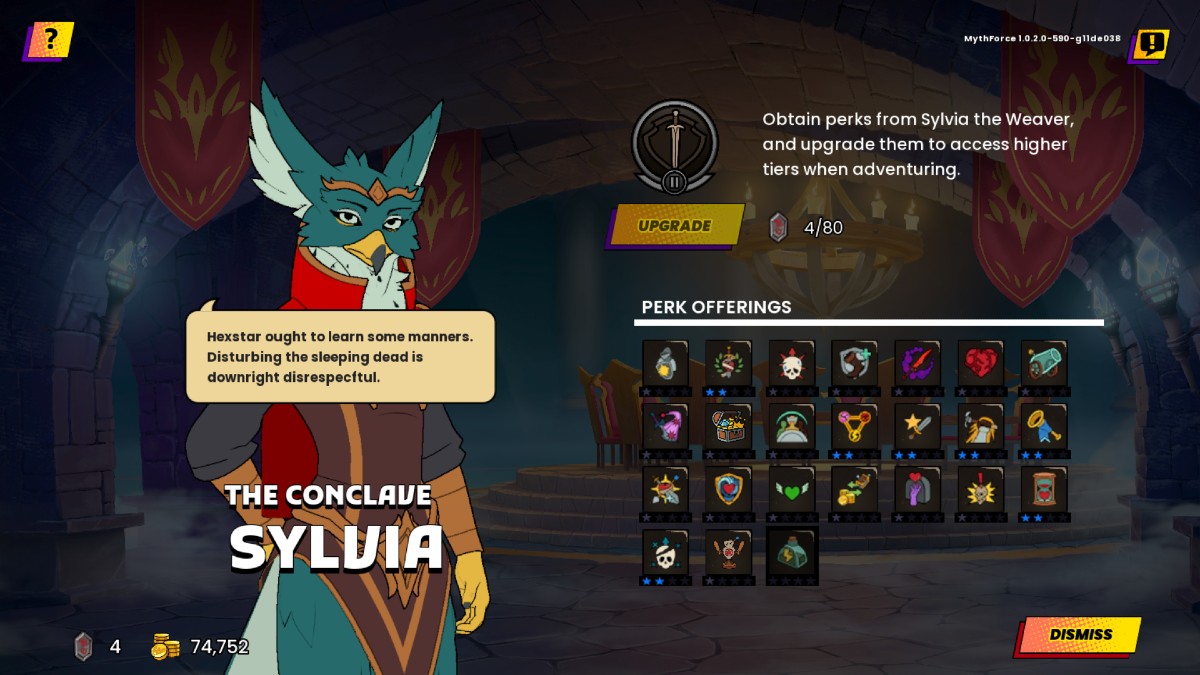
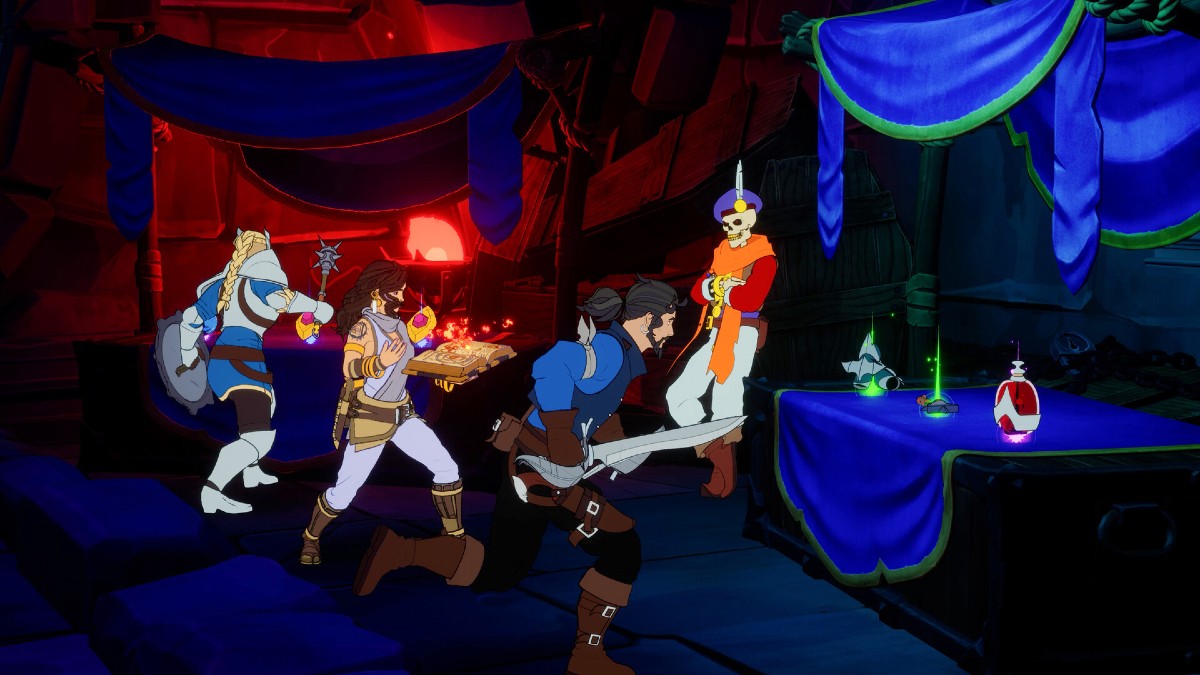





Published: Sep 12, 2023 09:00 am